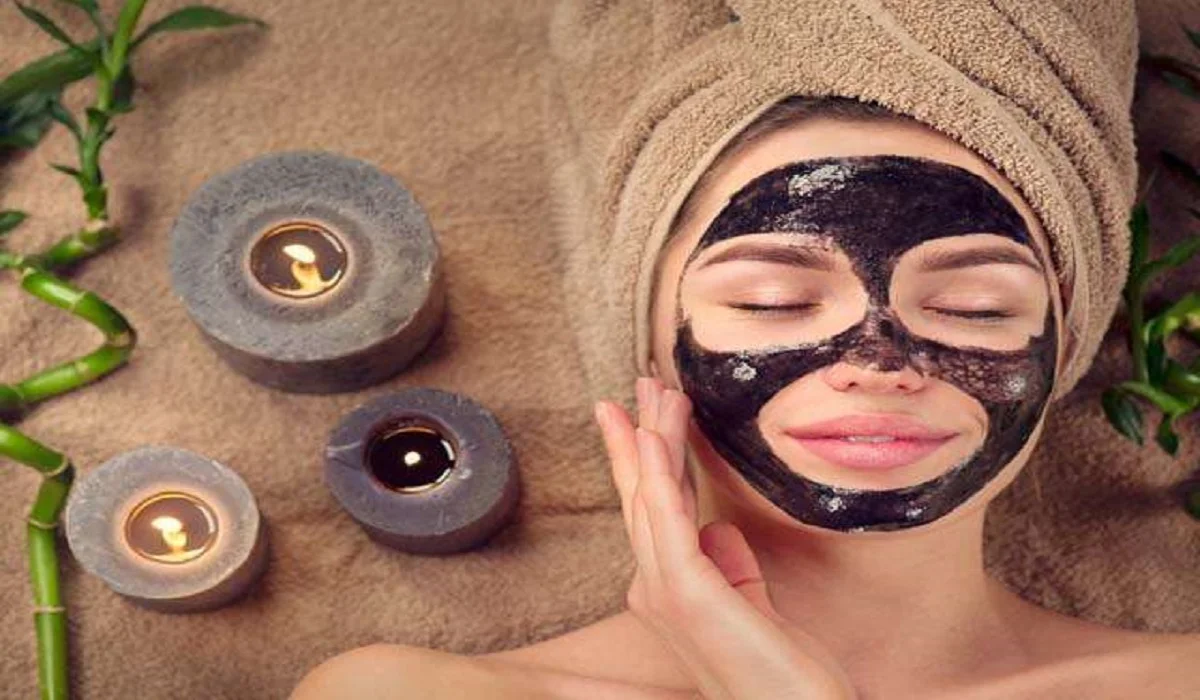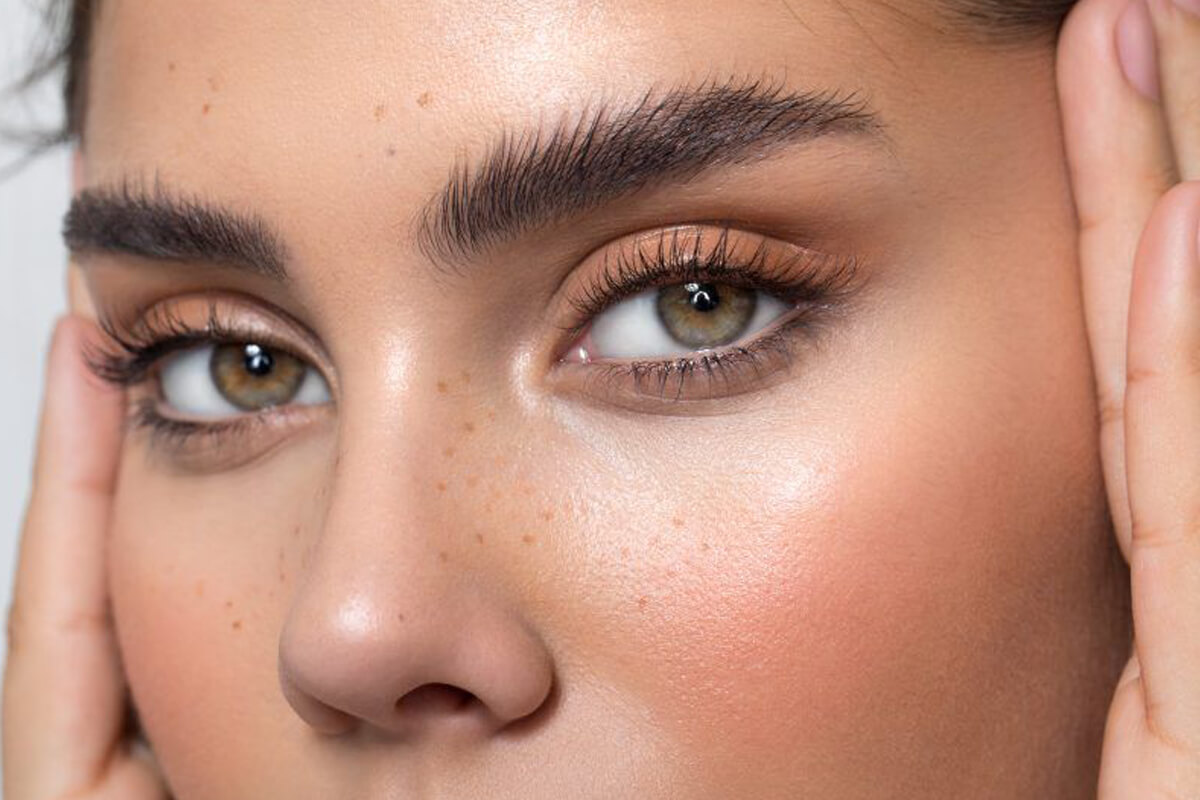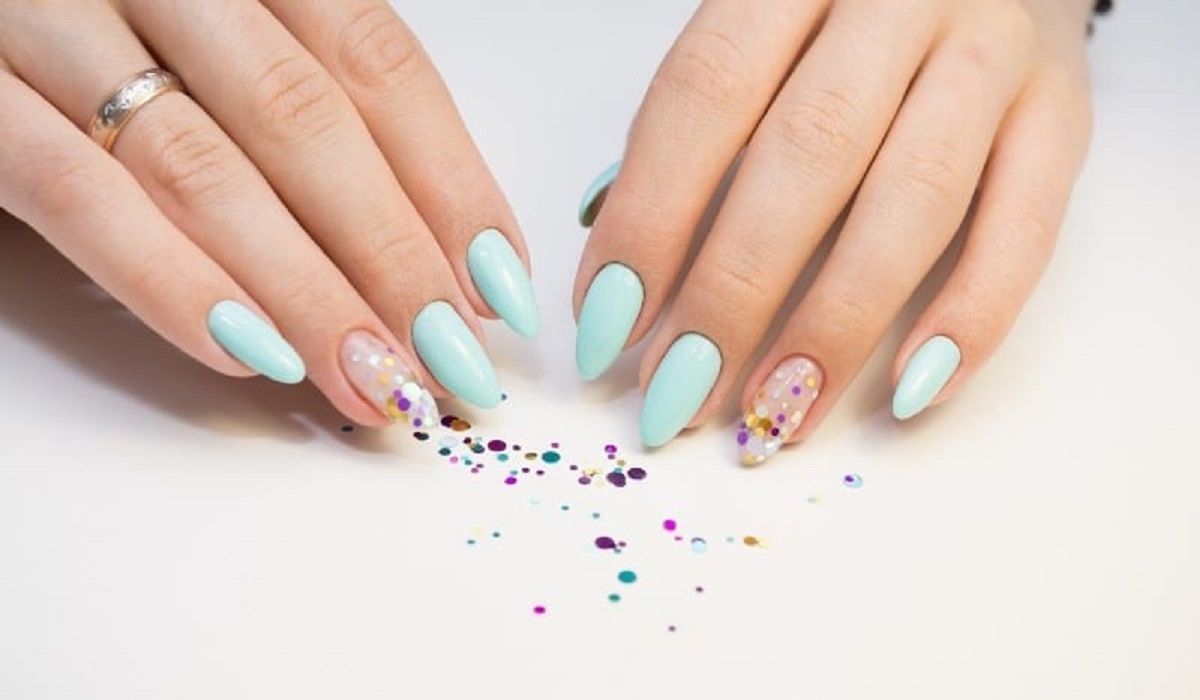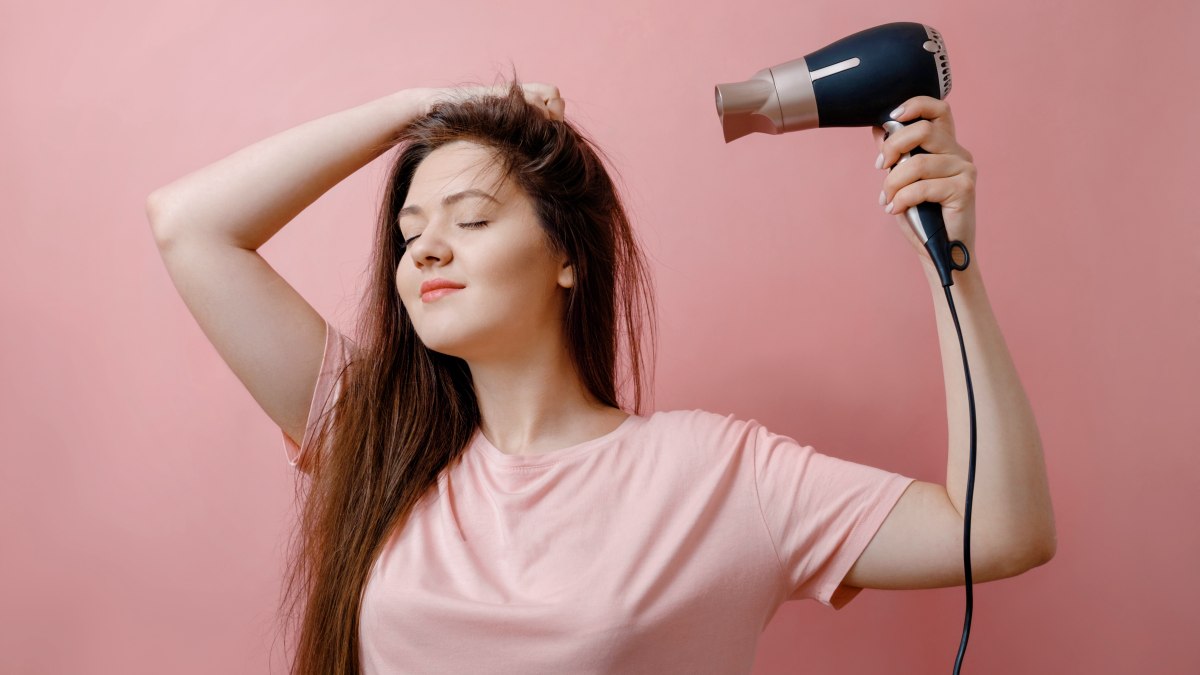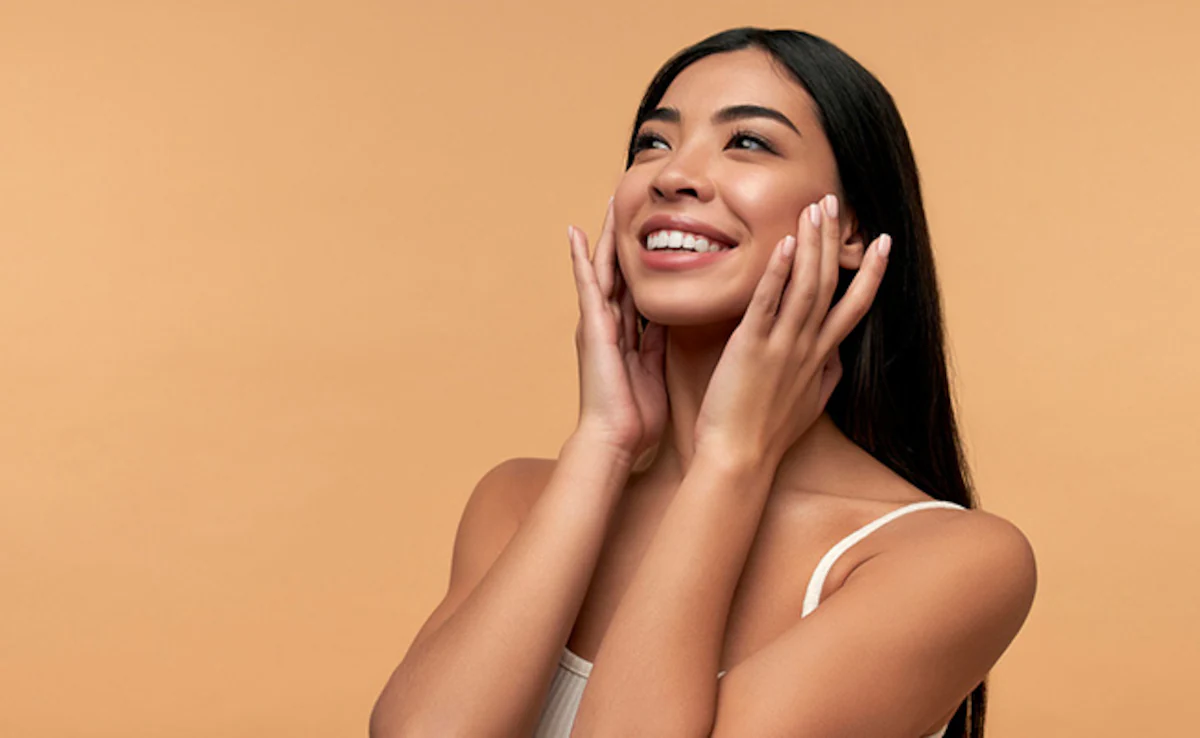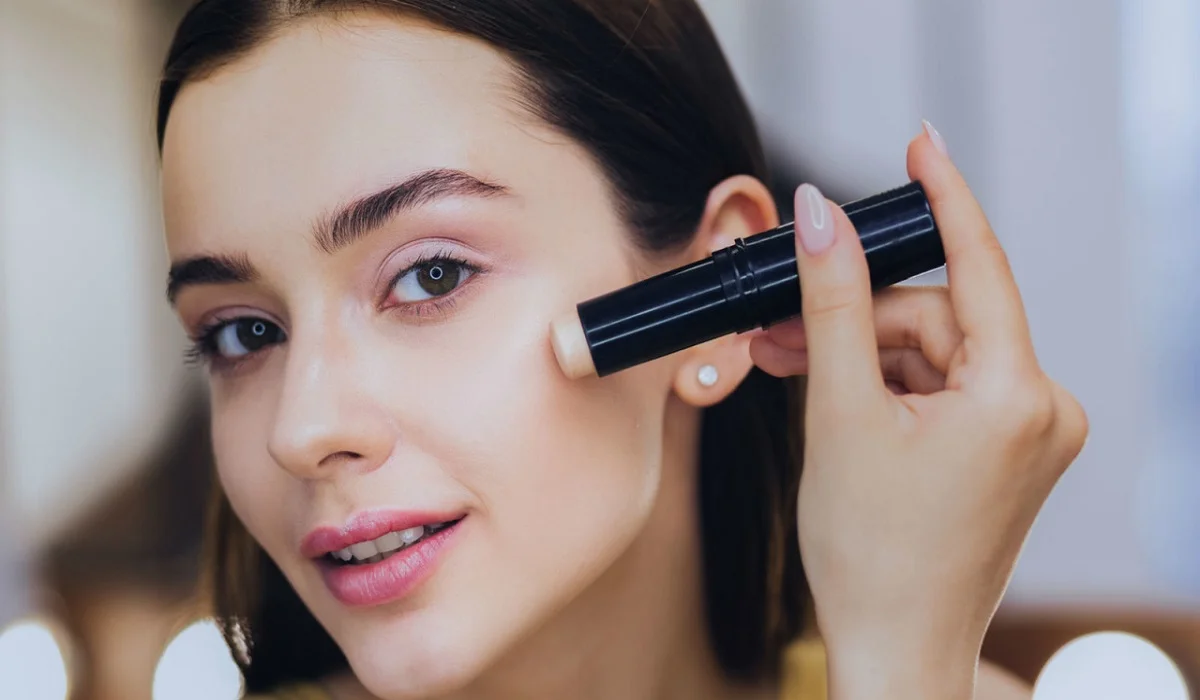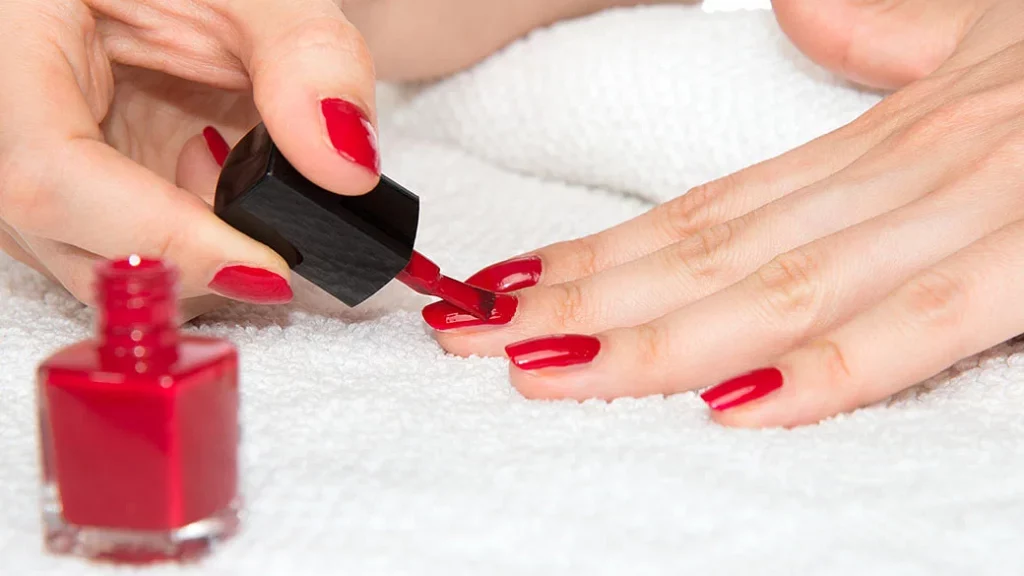
A well-manicured set of nails can enhance your overall appearance and boost your confidence. While visiting a salon for a professional manicure is a popular option, there are times when an at-home manicure is more convenient and cost-effective. With the right techniques and tools, you can achieve salon-quality results from the comfort of your own home. In this article, we will explore a variety of tips and tricks to help you achieve a flawless at-home manicure, ensuring beautiful and well-groomed nails.
Prepping Your Nails:
The key to a flawless manicure lies in the preparation of your nails. Start by removing any existing nail polish using an acetone-based remover. Trim your nails to the desired length and file them to shape. Gently push back your cuticles using a cuticle pusher or an orangewood stick, being careful not to damage or cut them.
Soaking and Exfoliating:
For an added pampering step, soak your nails in warm, soapy water for a few minutes. This softens the cuticles and makes them easier to push back or remove. After soaking, use a gentle exfoliating scrub or a soft toothbrush to gently scrub your hands and nails, removing any dead skin cells and leaving your skin feeling smooth and rejuvenated.
Choosing the Right Nail Polish:
Selecting the right nail polish is crucial for a flawless manicure. Look for polishes that have a smooth and even consistency, as this will make the application process easier. Opt for high-quality brands that offer a wide range of colors and finishes. If you’re new to doing your own manicures, consider starting with a classic shade that is forgiving and easier to apply evenly.
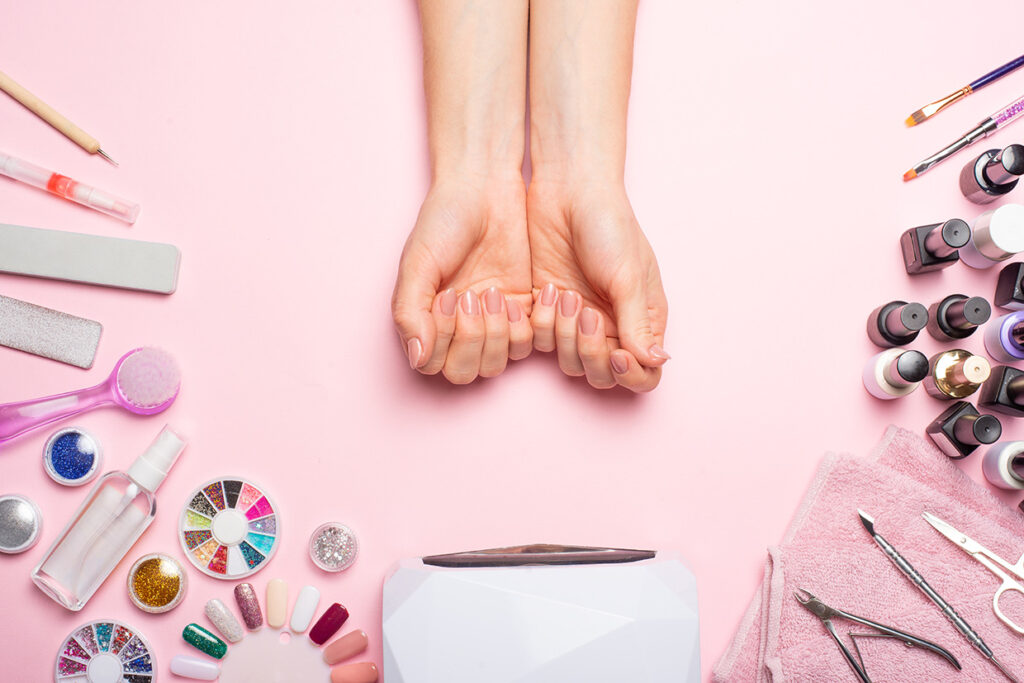
Proper Application Techniques:
When applying nail polish, use thin and even coats to achieve a smooth and streak-free finish. Begin with a base coat, which helps protect your nails and prevents staining. Apply two coats of your chosen nail polish color, allowing each coat to dry completely before applying the next. Finish off with a top coat to seal the color and add shine. Ensure that you cover the entire nail surface, including the tips, for maximum longevity and a polished look.
Cleaning Up Mistakes:
No matter how careful you are, it’s common to make small mistakes during the nail polish application process. To clean up any smudges or excess polish around the edges, dip a small brush or an angled eyeliner brush into nail polish remover and carefully clean up the mistakes. Alternatively, you can use a cotton swab dipped in nail polish remover to remove any stray polish.
Drying Time:
Patience is key when it comes to allowing your nails to dry. Wait for each coat of polish to dry completely before proceeding with the next layer or any activities that may risk smudging your nails. To speed up the drying process, you can use a quick-dry top coat or apply a nail polish drying spray.
Hydrating and Nourishing:
After your manicure is complete, it’s important to hydrate and nourish your nails and cuticles. Massage a cuticle oil or a moisturizing hand cream into your nails and cuticles to keep them healthy and prevent dryness. Regularly moisturizing your nails will help maintain their strength and flexibility, preventing breakage and promoting overall nail health.
Maintenance and Touch-Ups:
To extend the longevity of your manicure, take proper care of your nails. Wear gloves while doing household chores or tasks that may expose your nails to excessive water or harsh chemicals. Avoid using your nails as tools, as this can cause them to chip or break.
Achieving a flawless at-home manicure is within your reach with the right tools, techniques, and a little patience. By following these tips and tricks, you can create beautiful, salon-quality nails from the comfort of your own home. Remember to properly prep your nails, choose high-quality polishes, and apply thin, even coats for a smooth finish. Take the time to clean up any mistakes and allow each layer to dry fully before proceeding. Hydrating and nourishing your nails and cuticles will help maintain their health and strength. With proper maintenance and care, your at-home manicure can last longer and keep your nails looking fabulous. So, gather your favorite polishes, set aside some dedicated time, and enjoy the rewarding experience of achieving a flawless manicure right at home.


